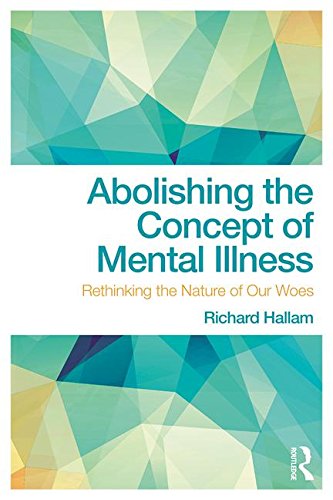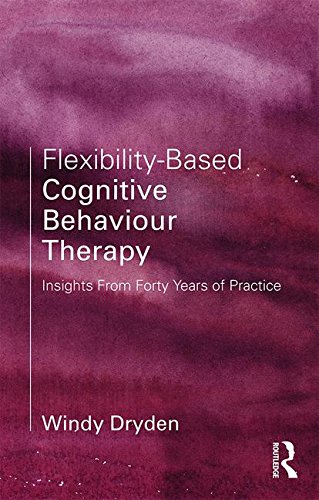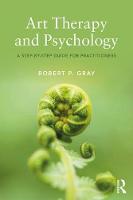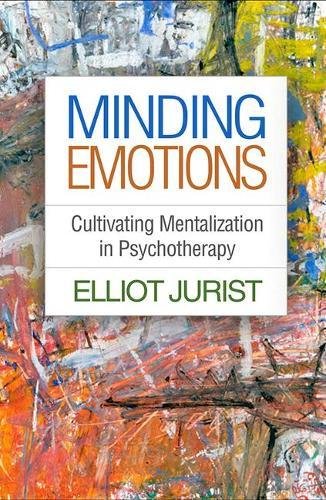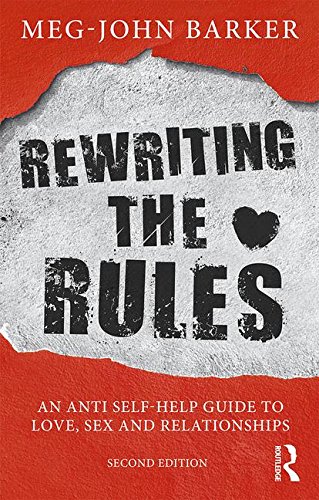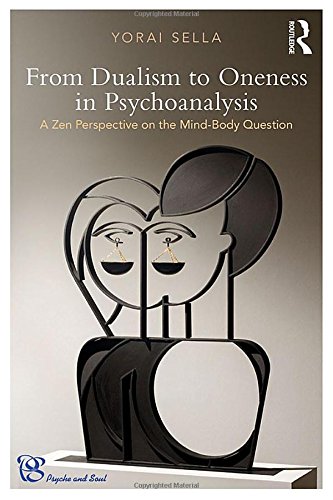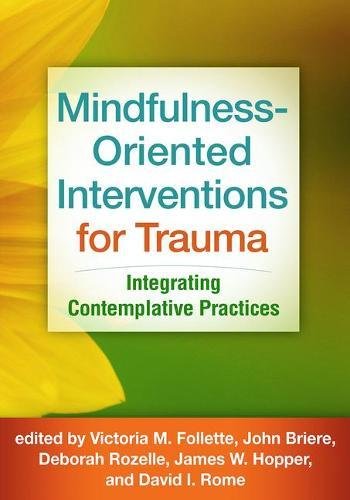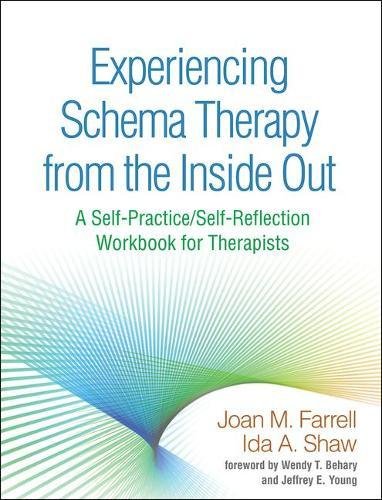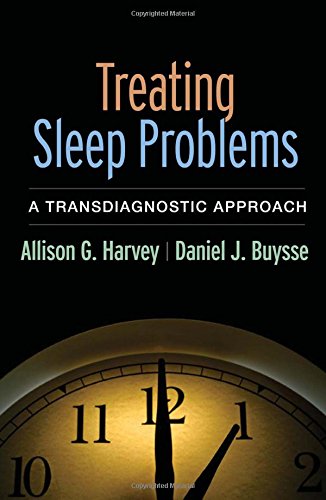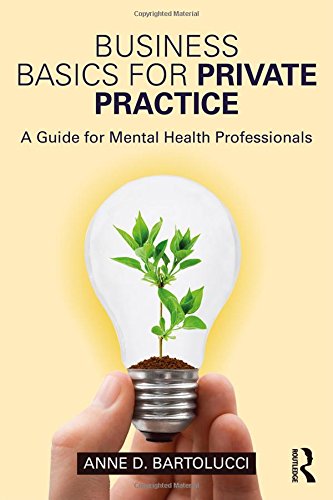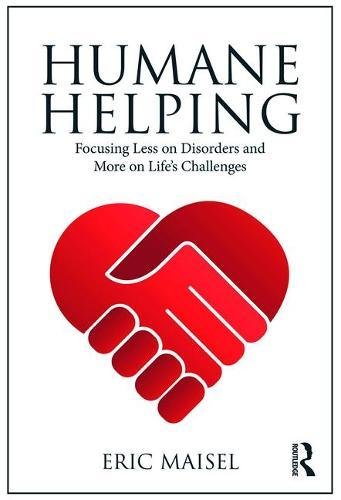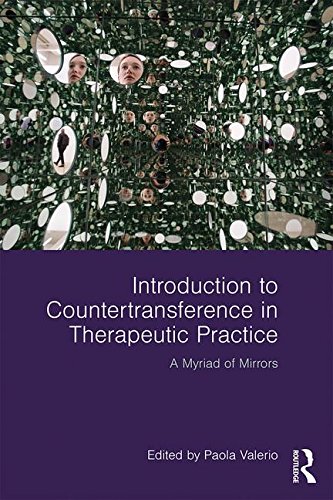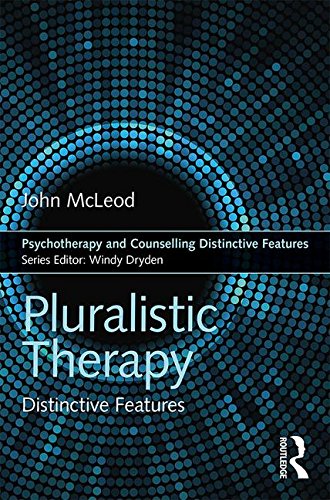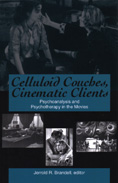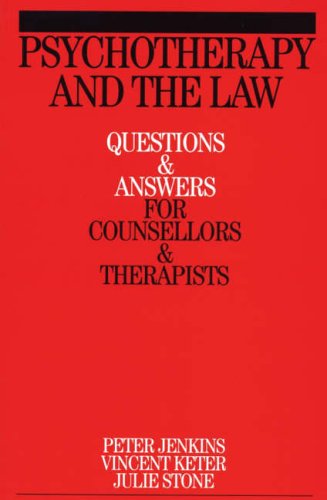Individual Psychotherapy Books
Very Brief Therapeutic Conversations
In Very Brief Therapeutic Conversations, Windy Dryden demonstrates the therapeutic value of very brief interventions in counselling, psychotherapy and coaching, using a wide range of techniques and... (more)
Cognitive Behavioral Art Therapy: From Behaviorism to the Third Wave
Cognitive Behavioral Art Therapy explores the intersection of art therapy practices and principles within cognitive-behavioral therapy (CBT) theories and models. This timely new resource examines CBT... (more)
Abolishing the Concept of Mental Illness: Rethinking the Nature of Our Woes
In Abolishing the Concept of Mental Illness: Rethinking the Nature of Our Woes, Richard Hallam takes aim at the very concept of mental illness, and explores new ways of thinking about and responding... (more)
Flexibility-Based Cognitive Behaviour Therapy: Insights from Forty Years of Practice
In this book, Windy Dryden brings together the four major strands that have shaped his idiosyncratic approach to clinical practice - (i) Cognitive Behaviour Therapy; (ii) flexibility in practice;... (more)
Art Therapy and Psychology: A Clinical Guide
This book offers a thorough and well-rounded clinical guide to utilising the depth of the unconsciousness through art when working with clients in psychotherapy. As a psychologist and art therapist,... (more)
Minding Emotions: Cultivating Mentalization in Psychotherapy
Mentalization--the effort to make sense of our own and others' actions, behavior, and internal states--is something we all do. And it is a capacity that all psychotherapies aim to improve: the better... (more)
Rewriting the Rules: An Anti Self-Help Guide to Love, Sex and Relationships
We live in a time of uncertainty about relationships. We search for The One but find ourselves staying single because nobody measures up. We long for a happily-ever-after but break-up after break-up... (more)
From Dualism to Oneness in Psychoanalysis: A Zen Perspective on the Mind-Body Question
From Dualism to Oneness in Psychoanalysis: A Zen Perspective on the Mind-Body Question focuses on the shift in psychoanalytic thought, from a view of mind-body dualism to a contemporary non-dualistic... (more)
Mindfulness-Oriented Interventions for Trauma: Integrating Contemplative Practices
Grounded in research and accumulated clinical wisdom, this book describes a range of ways to integrate mindfulness and other contemplative practices into clinical work with trauma survivors. The... (more)
Experiencing Schema Therapy from the Inside Out: A Self-Practice/Self-Reflection Workbook for Therapists
This unique resource helps therapists build their skills in schema therapy (ST) by applying ST techniques to themselves and reflecting on the experience. Designed for use by individuals or groups,... (more)
Treating Sleep Problems: A Transdiagnostic Approach
This practical manual presents an innovative modular treatment for adults and adolescents with a wide range of sleep and circadian rhythm problems, such as insomnia, daytime sleepiness, poor sleep... (more)
Business Basics for Private Practice: A Guide for Mental Health Professionals
Business Basics for Private Practice provides a step-by-step guide to developing a successful practice from initial conceptualization and business plan to future growth for the true entrepreneur. Dr.... (more)
Humane Helping: Focusing Less on Disorders and More on Life's Challenges
Humane Helping is a comprehensive, practical guide that helps clinicians shift their practice from the mental disorder-and-chemical fix and expert-talk models to a more humane, helpful model that... (more)
Helping the Suicidal Person: Tips and Techniques for Professionals
Helping the Suicidal Person provides a highly practical toolbox for mental health professionals. The book first covers the need for professionals to examine their own personal experiences and fears... (more)
Introduction to Countertransference in Therapeutic Practice: A Myriad of Mirrors
While transference has been fully described in the literature, countertransference has been viewed as its ugly sibling, and hence there are still not as many reflective accounts or guidance for... (more)
Pluralistic Therapy: Distinctive Features
Pluralistic Therapy: Distinctive Features offers an introduction to what is distinctive about this increasingly popular method. Written by one of the co-founders of pluralistic therapy, and a leading... (more)
Celluloid Couches, Cinematic Clients: Psychoanalysis and Psychotherapy in the Movies
Consisting of contributions from psychoanalysts and therapists, as well as authors in such fields as literature and cinema studies, Celluloid Couches, Cinematic Clients explores how therapy and... (more)
Invitation to Personal Construct Psychology: Second Edition
This 'invitation' focuses on questions of personality in everyday life that intrigue and puzzle us. In this way, we are introduced to both the principles and the fascinating methods of the psychology... (more)
Psychotherapy and the Law: Questions & Answers for Counsellors and Therapists
This book provides an accessible and informed outline of the law relating to counselling and psychotherapy, for use by trainees, therapists, trainers, supervisors and managers. At a time when... (more)
Men, Women, Passion and Power: Gender Issues in Psychotherapy
Making detailed use of case material, the reader is introduced to the contemporary debates about sexuality. Maguire explores them with sensitivity, from a feminist viewpoint. Topics looked at... (more)
Psychoanalytic Psychotherapy: A Practitioner's Guide
Building on the enormous popularity of her two previous texts on diagnosis and case formulation, this important work from Nancy McWilliams completes the trilogy by addressing in detail the art of... (more)
The Pits and the Pendulum
As a sufferer of bipolar disorder, Brian Adams has been hospitalized several times with debilitating depression and undergone electric shock treatment, and gained and lost 11 jobs. This account... (more)
Treating Psychological Trauma and PTSD
This volume presents an innovative psychobiological framework for understanding and treating PTSD. A major emphasis is the need to reformulate diagnostic criteria and treatment goals to reflect... (more)
Cognitive Humanistic Therapy: Buddhism, Christianity and Being Fully Human
Cognitive Humanistic Therapy describes a new approach to psychotherapy and self-development, based on an understanding of what it means to be fully human. In a unique integration of theory and... (more)
Psychotherapy as Positive Psychology
The third volume in the "Clarkson on Psychotherapy" series brings together a selection of Professor Clarkson's work. Most of the material has not previously been formally published and ranges from... (more)
Writing Cures: An Introductory Handbook of Writing in Counselling and Therapy
Writing Cures demonstrates the power of expressive and reflective writing in the context of therapy, whether online or text-based, enabling counsellors and psychotherapists to undertake writing... (more)





